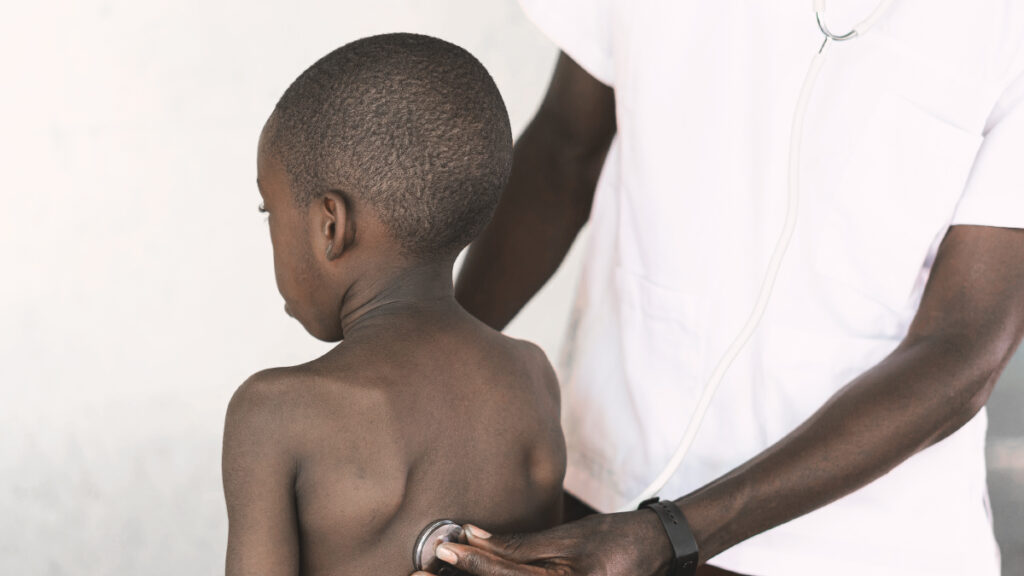Pneumonia is an acute respiratory form of infection that affects the lungs. It is caused by microorganisms such as bacteria or a virus. The germs (bacteria or virus) allow air sacs in the lungs to be filled with fluid (mucus or phlegm), causing difficulty in breathing with concomitant coughing.
Pneumonia caused by a virus is less intense than when bacteria cause it. Flu-like symptoms (mild symptoms) are usually experienced but worsen over a few days. The non-medical word “walking pneumonia” is often used to describe benign conditions since it describes mild bacterial-caused pneumonia. In this mild case, children are not sufficiently sick to stay indoors i.e, they can still walk around with slight difficulty.
The spread of pneumonia is made possible by infected people who transfer the germs in fluid droplets from their mouths, noses, or throats into the air through coughing. When babies breathe in the germs or come in contact with the infected person’s mucus or saliva, they contract pneumonia. Babies can also have pneumonia from someone who is not aware that they are sick. Young children often catch pneumonia during the cold months, even indoors, but in close contact with other people. Babies under 2 are susceptible to contact pneumonia, but nearly everyone will fully recover with proper medical care.
Spotting pneumonia in babies
The single most significant infectious cause of death in children worldwide is attributed to pneumonia. Deaths caused by pneumonia are highest in sub-Saharan Africa and South Asia, though it affects children and families everywhere. Early detection of pneumonia is paramount so that it can be treated quickly before it worsens. Pneumonia can be spotted in babies when;
- There is a dry cough with thick brown, yellow, or green phlegm (sputum)
- They have a fever with a high temperature of about 38 degrees celsius or more
- There is fast breathing or shortness of breath
You can also spot pneumonia in babies if babies are;
- Being irritable
- Experiencing tummy pains through coughing
- Having chest pains
- Being drowsy or too tired than usual
- Finding it hard to breathe
- Using their belly muscles more than required for breathing
- Getting wider nostrils as they breathe
In addition, you should note that not every child will have the same symptoms as children are not the same. Some children may have some, none, or all of these symptoms.
Speak with a doctor to know your child’s wellness.

